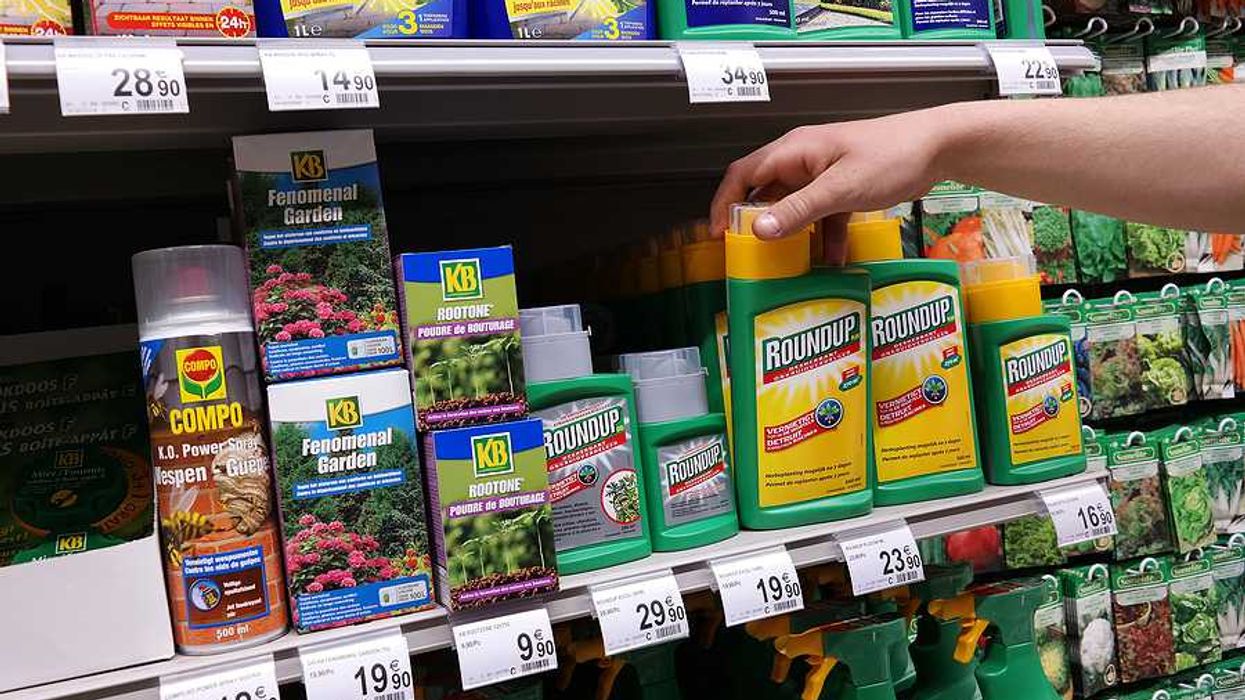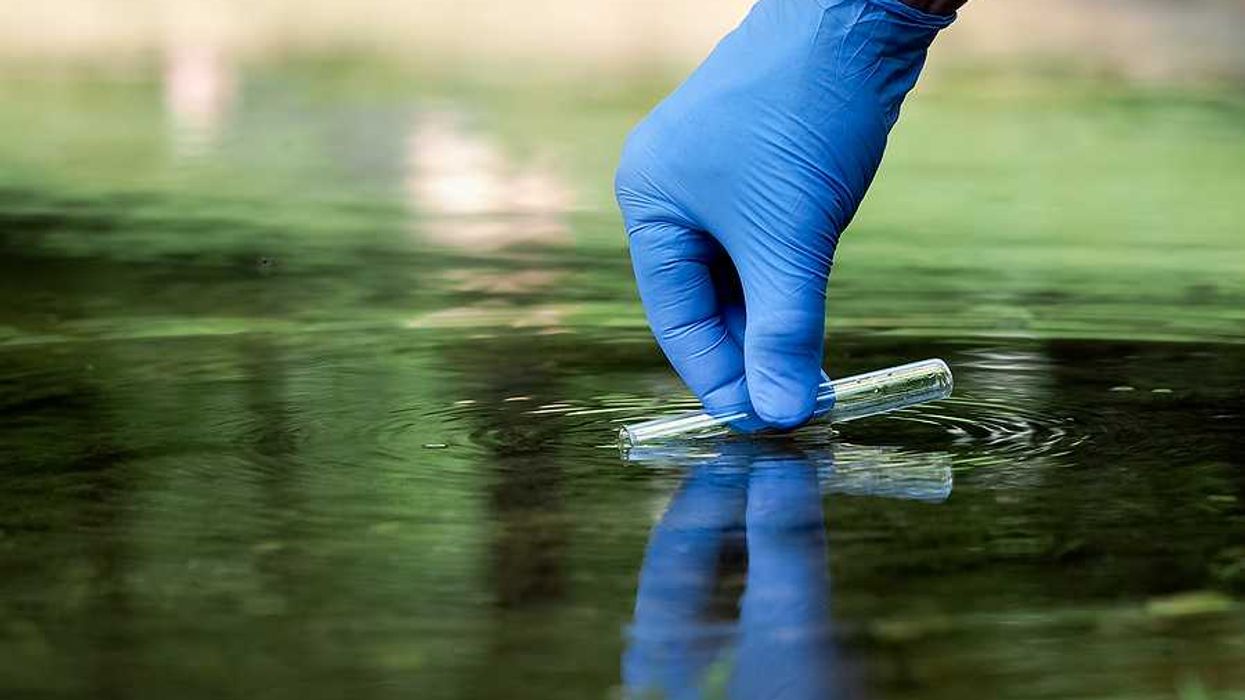Scientists have detected a toxic industrial chemical known as MCCPs in the U.S. atmosphere for the first time, raising concerns about the spread of pollutants from wastewater and agricultural practices.
In short:
- University of Colorado Boulder researchers found medium-chain chlorinated paraffins (MCCPs) in the air above agricultural sites in Oklahoma, marking the first known airborne detection of MCCPs in the Western Hemisphere.
- MCCPs are industrial chemicals often used as flame retardants and plasticizers, and are toxic to aquatic life and potentially harmful to human health due to their persistence in the environment.
- The likely source of airborne MCCPs is biosolid fertilizer derived from sewage sludge, suggesting that common agricultural practices may be contributing to air pollution.
Key quote:
“I think it’s important that we continue to have governmental agencies that are capable of evaluating the science and regulating these chemicals as necessary for public health and safety.”
— Daniel Katz, chemistry PhD student at University of Colorado Boulder
Why this matters:
Medium-chain chlorinated paraffins, like their short-chain cousins already restricted in several countries, are persistent and potentially hazardous chemicals. Used widely in industrial applications, they can leach into wastewater and be recycled into biosolids that are later spread on farm fields. This practice may unintentionally reintroduce these substances into the environment — this time through the air. Once airborne, MCCPs can travel far from their original source and may pose risks to both ecosystems and human health, especially since they can build up in living organisms over time. The emerging research suggests we may be underestimating the atmospheric impact of land-applied biosolids, with implications for regulatory policy and public health.
Related: Opinion: A solution to the challenge of land-disposed sewage sludge.














